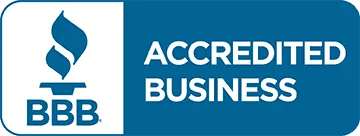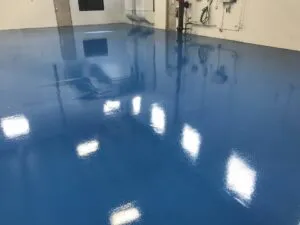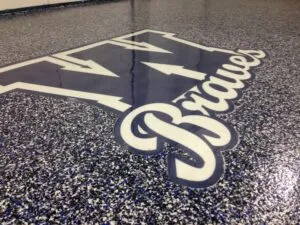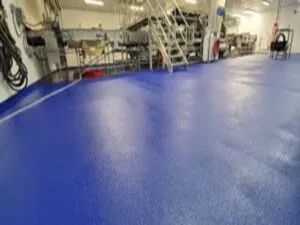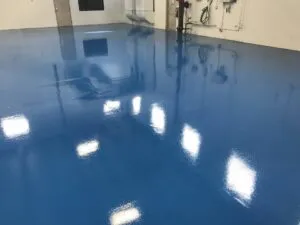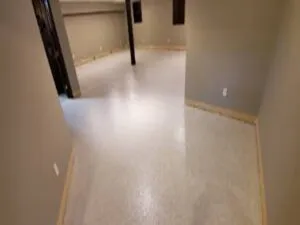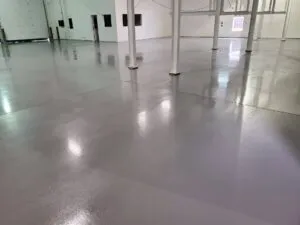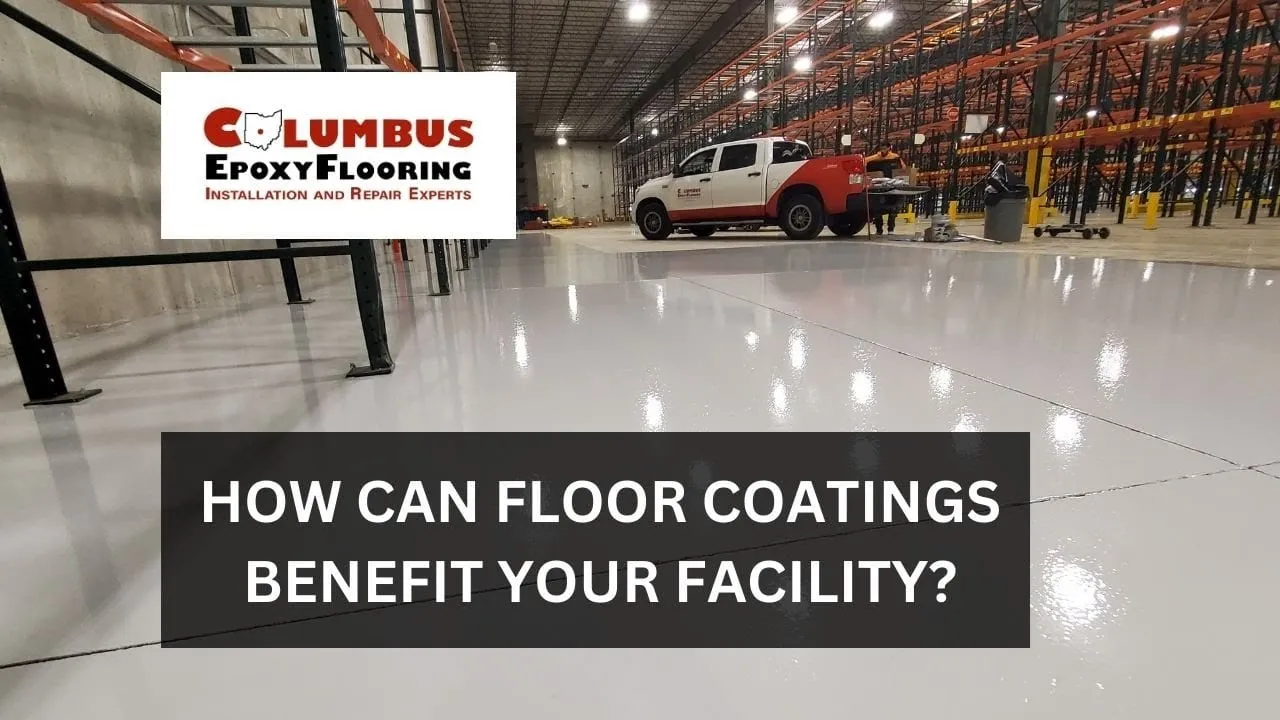Manufacturing Epoxy Flooring
Their high adhesive qualities and durability have kept them as the primary refinishing choice. They also can have very good resistance to chemicals as harsh as sulfuric acid whereby a Novolac may be used.
Requirements for Successful Coating
Manufacturing facilities need to consider that the although the coating isn’t inexpensive and does require some downtime while it is applied and cures, the benefits easily outweigh both the dollars and time spent throughout the process.
You have to consider the cost of lost productivity and time if you have an “obstacle course” of worn concrete.
Columbus Epoxy Flooring will be happy to help educate customers and ensure that a proper assessment is conducted prior any application. If there are only relatively minor gouges, spalling, scrapes, or smaller cracks to be filled, judicious use of an epoxy filler designed for filling those kinds of damage can be quickly and easily done.
We also offer technical assistance on handling more substantial damage, which can be repaired with various systems, including self-leveling concrete, prior to the installation of epoxy/resinous coating. This should be timed so that the entire area has had time to cure BEFORE the coating is applied to avoid degradation of the final finish.
Because concrete emits vapor, transmission rates should be tested prior to any new coating process. A concrete vapor control epoxy primer may be required if inspection/testing shows that vapor transmission rates exceed manufacturer specifications.
Cleaning the existing concrete is important. After any oils or other contaminants have been removed, the surface needs to be ground down to provide a solid bond between it and the epoxy coating to be applied. This sets the stage for the coating to be applied.
Depending on the need, the proper application normally done requires a three-day process that may be accomplished in stages to avid help avoid production and lost down time enabling a facility to continue production throughout the process. By following adhering to a 3-coat, 3-day process, high quality and longevity are ensured.



